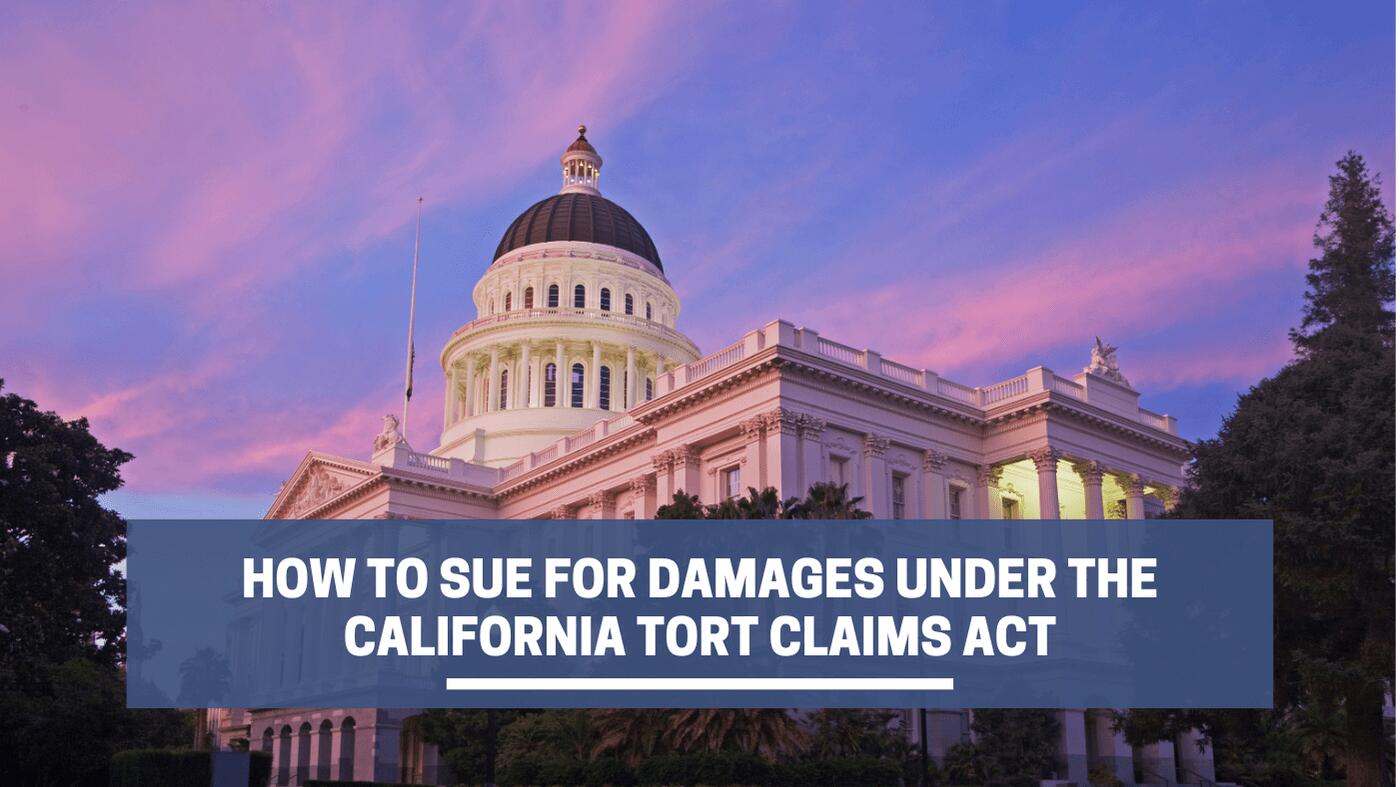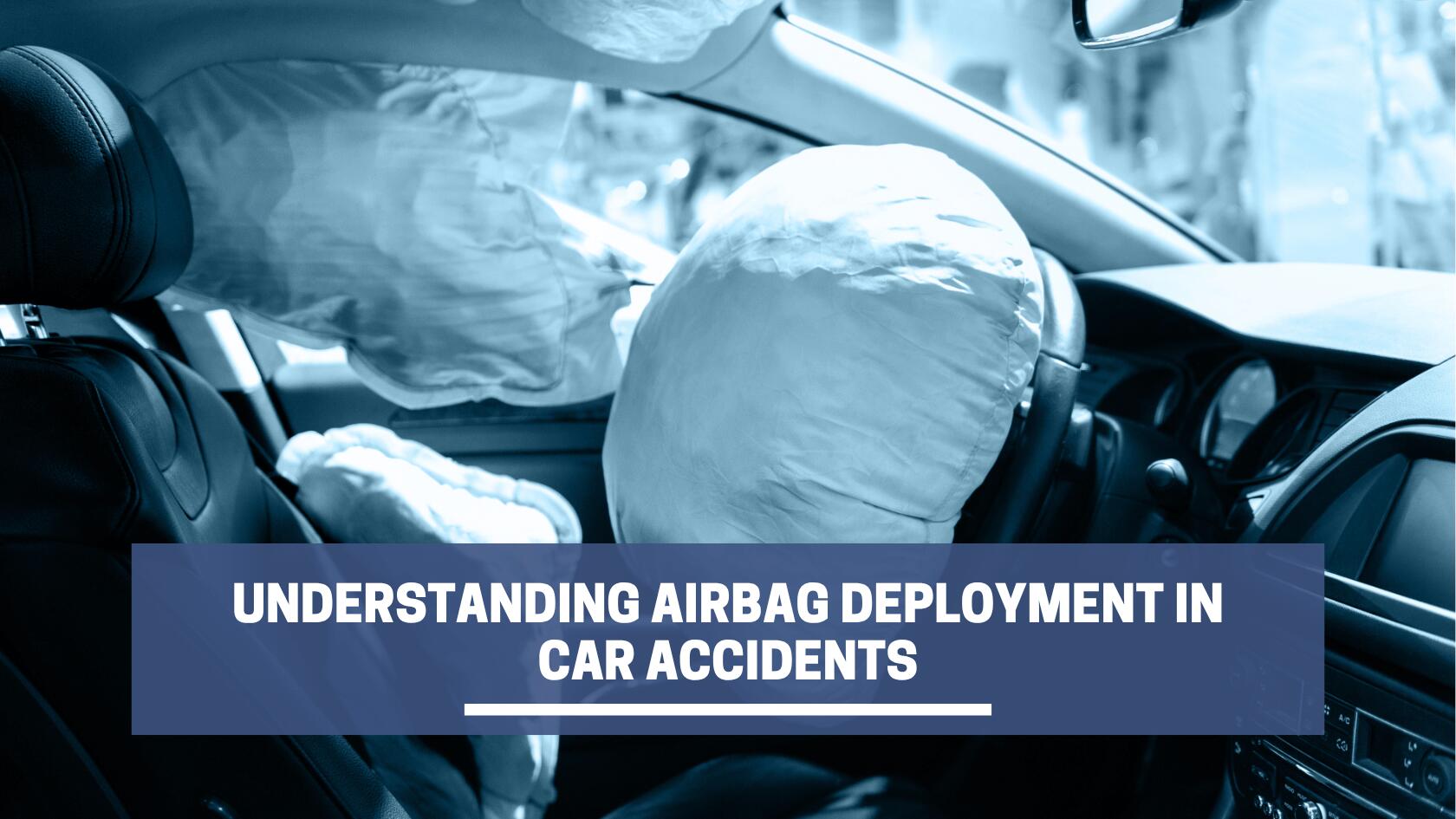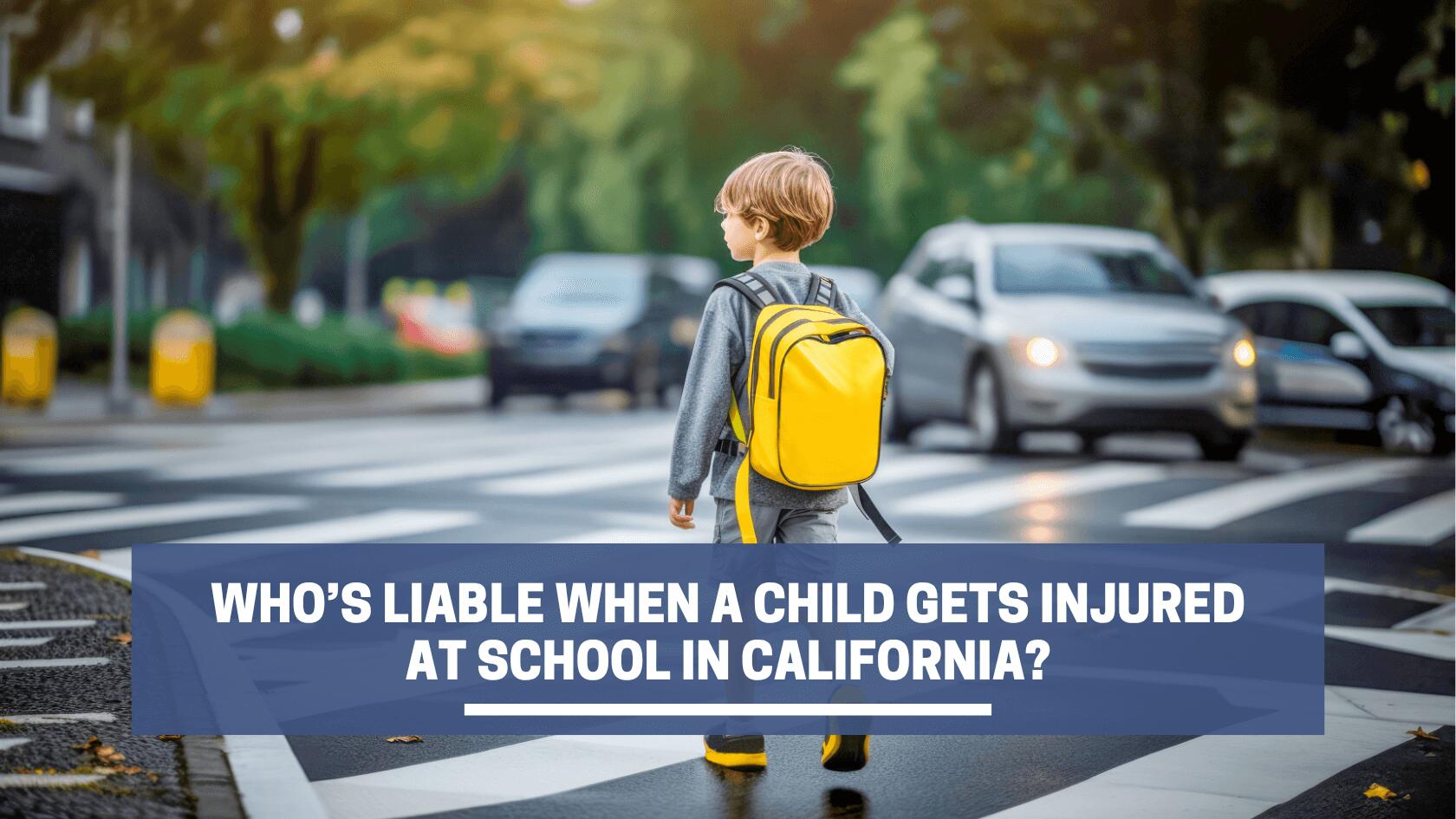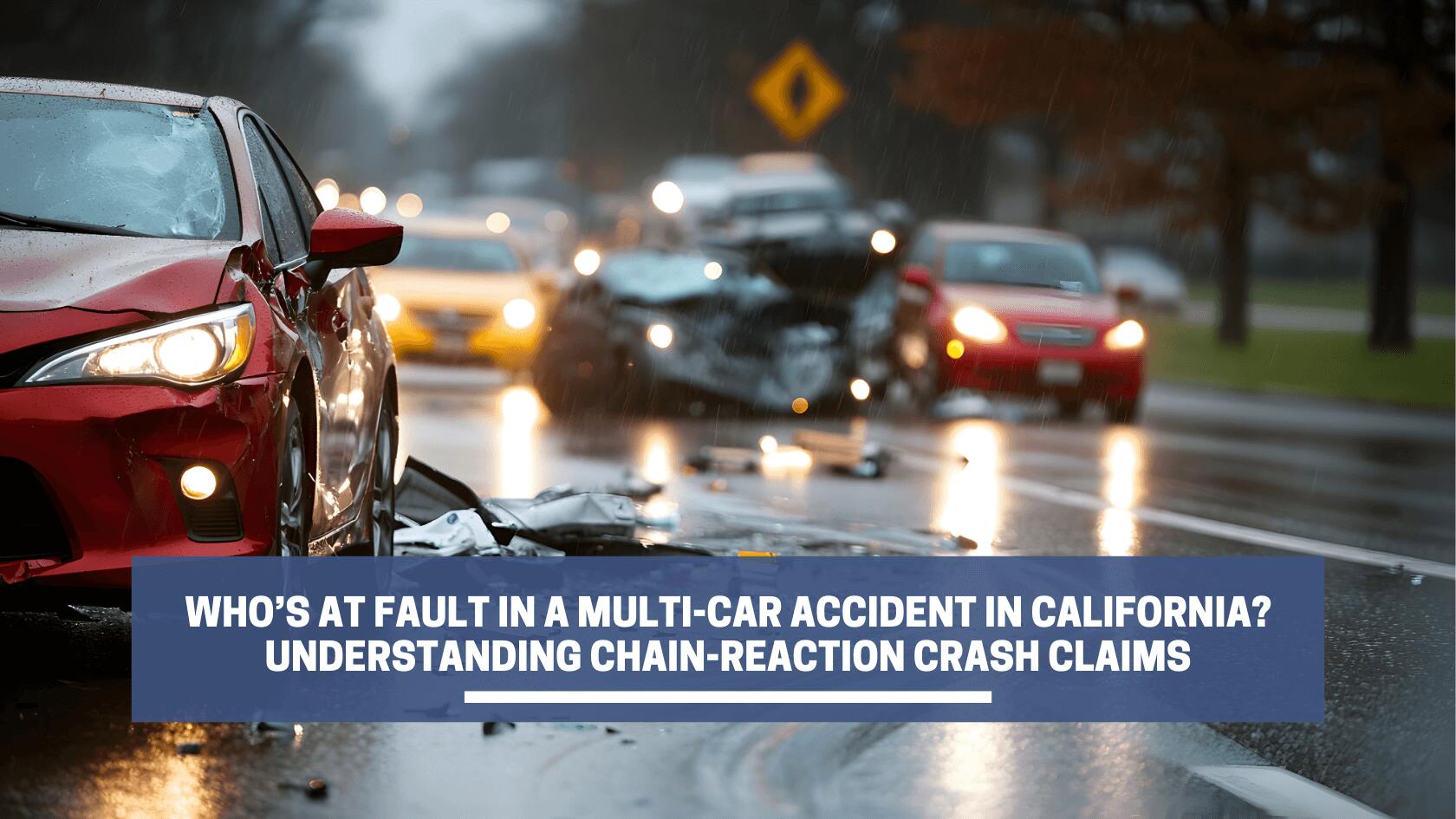Personal injury accidents, such as slip and falls, car accidents, or pedestrian collisions, can change your life. Sometimes, these unfortunate events are the result of government negligence, manifesting as hazardous conditions on public property, errors by government employees, or inadequately designed infrastructure.
When government negligence leads to injury, you can seek damages from the entity responsible under the California Tort Claims Act (CTCA). However, the process is often complicated, requiring specific steps and timelines for a valid claim.
Learn how to file a damage claim under the CTCA and how a skilled attorney can help you prepare and submit your claim for fair compensation.
What is the California Tort Claims Act?
The California Tort Claims Act (CTCA) lays down the guidelines for seeking compensation from the government for accidents in California. It’s based on the principle of sovereign immunity, meaning the government can’t be sued without its agreement. This rule protects public bodies, such as cities, educational institutions, and road maintenance teams, from being constantly tied up in legal battles, enabling them to carry out their duties uninterrupted.
However, the CTCA specifies certain exceptions that allow you to seek compensation. If your case meets these criteria, you can file a claim and pursue accountability from the government for your damages.
Common Injuries Caused by Government Entities
In California, different departments or entities can be liable for injuries to the public. When these government entities fail in their duty of care, and it results in an injury or wrongful death, they can be liable for damages. These situations commonly include:
- Slip and fall accidents. These often occur due to inadequate maintenance of public buildings or spaces like sidewalks or parking lots, with local municipalities responsible. Slip and falls can result from hazards like unmarked wet floors, poorly maintained pavement, or unaddressed icy conditions.
- Public transit accidents. Incidents involving buses, subways, or trams can arise from driver error, poor vehicle upkeep, or dangerous conditions at stations. The transit authorities overseeing these operations, whether at the city or regional level, may be at fault for injuries to pedestrians.
- Car accidents involving government vehicles. Collisions caused by government-operated vehicles, from police cars to municipal service trucks, place accountability on the government department in charge. This is known as vicarious liability, where a person’s employer is responsible for their actions while performing work-related duties.
- Accidents on poorly maintained roads. Potholes, unclear road markings, and inadequate signage on public roads can lead to serious car or motorcycle accidents. State or local transportation departments are responsible for the maintenance and safety of these roads, making them potentially liable if these conditions lead to a vehicle collision.
- Construction site accidents. Government-managed construction projects can pose risks to workers and the public, including accidents from falling debris or unsecured construction zones. Liability typically falls on the government agency overseeing the project, ensuring safety standards are met and hazards are minimized.
When Can I Hold the Government Responsible for My Injuries?
The CTCA allows you to take legal action against the government under certain circumstances that waive its sovereign immunity. These exceptions are outlined as follows:
Negligence Of Government Employees
Code 815.2 allows for lawsuits against the government for the negligent acts or omissions of its employees performed within the scope of their employment. The government is liable to the same extent as a private party would be in similar circumstances.
- Example. If you’re hit by a city bus whose driver was ignoring traffic signals while you were crossing the street, causing you head trauma and a broken femur, you might be able to sue the public transportation agency that employs the driver for your injuries.
Dangerous Condition of Public Property
Codes 835 – 835.2 state that a public entity can be held liable for injuries caused by a dangerous condition of its property if the entity owned or controlled the property and the risk of harm was foreseeable. The government must have had notice of the dangerous condition and failed to take corrective measures.
These exceptions can apply to premises liability accidents, cases involving public roads and highways, or public equipment like buses.
- Example. You trip and fall on a public sidewalk because of a large, unrepaired crack. If the city knew about this issue from earlier complaints but didn’t fix it, you likely have a valid case to sue for your injuries.
Filing a Claim Against the Government in California
To file a claim against the government in California, you must follow specific steps outlined in Sections 900 – 935.9 of the CTCA. A personal injury attorney can walk you through the following claims process to protect your rights and help you receive all available compensation.
| Action | Cal. Gov. Code | Details |
| 1. Prepare Your Claim | Sections 910, 910.4 | Include: claimant’s name and address, where notices should be sent, the occurrence details, a description of the injury or loss, the public employee(s) involved, and the amount claimed. Use the claim form provided by the board for claims against the state or a judicial branch entity. |
| 2. Sign the Claim | Section 910.2 | The claim must be signed by the claimant or someone on their behalf, typically a legal representative or attorney. |
| 3. Submit the Claim | Section 911.2 | Present the claim for damages within 6 months of the injury or wrongful death. |
| 4. Amend if Necessary | Section 910.6 | You may amend the claim before the expiration of the presentation period or before final action on it is taken relating to the same transaction or occurrence. |
| 5. Wait for Government Response | Sections 910.8, 911 | If the claim is insufficient, a written notice may be provided within 20 days. You have 15 days after receiving this notice to correct the deficiencies. A failure to provide notice waives the defense based on that defect or omission. |
| 6. Action on the Claim | Sections 912.4, 912.6 | The entity will act on your claim within 45 days after it’s presented. Actions include rejection, allowance, or compromise. |
| 7. Receive Written Notice of Action | Section 913 | You will receive written notice of the action taken on your claim, including a warning about the 6-month period to file a court action if the claim is rejected. |
| 8. If the Claim is Accepted | N/A | If your claim is accepted, either in whole or in part, the public entity will work with you on the compensation details. This could involve payment arrangements, settlements, or other forms of resolution agreed upon by both parties. The specifics will depend on the nature of the claim and the policies of the public entity involved. |
What Happens if My Claim is Denied?
If a California government entity turns down your claim, it means they’ve decided not to pay you for the damages you’ve claimed. This could be because they don’t think they’re liable or your claim doesn’t meet the required legal standards.
But getting a denial for your claim doesn’t mean you’re out of options for compensation. Once you receive a denial notice, you usually have six months from the date the notice was sent to pursue additional legal steps.
Typically, this means working with a skilled personal injury firm to file a petition in court against the public entity to challenge the denial of your claim. The process begins by petitioning the court for relief from the claims presentation requirement under Government Code Section 946.6.
The court may grant you permission to proceed with a lawsuit against the entity for a number of reasons, including:
- Mistake or neglect without public entity’s prejudice
- Victim was a minor throughout claim period
- Victim turned 18, submitted within 6 months/year
- Incapacitated throughout the claim period
- Became capable, submitted within 6 months/year
- Victim died before the claim period ended
What Evidence Do You Need to Win a Claim Against a Government Entity?
To win a claim against a government entity, you’ll need solid evidence to show they were at fault or negligent. Work with your lawyer to collect the following evidence for a strong claim:
- Photographs and videos. Secure detailed images and footage of the accident scene and the hazard. Capture different angles and include objects for scale to emphasize the hazard’s severity.
- Witness testimonies. If someone saw you fall, or if there are people who’ve noticed the hazard before, gather their accounts to validate the existence of the danger and the lack of response. Encourage them to describe what they saw in detail, including the conditions that contributed to your accident.
- Medical documentation. Collect all medical records related to the injury from the incident, such as emergency room visits, doctor’s appointments, and physical therapy sessions. These records show the nature of your injuries, required treatment, and ongoing health issues, demonstrating the impact of the incident on your health.
- Official reports. If you filed an incident report, obtain a copy of this document. This serves as an official record of what happened and shows that you reported it to the entity at the time of the accident.
- Expert opinions. Enlist experts, like civil engineers or medical providers, who can attest to how the negligence led to your injury. Their analysis can help prove the entity’s negligence was directly responsible for your harm.
Protect Your Rights After a Government-Caused Injury
If you were hurt due to government negligence, you have the right to seek a fair settlement for your losses. The CTCA guidelines allow you to petition the government for medical bills, lost earnings, and pain and suffering through a structured claims process. Consult with a qualified attorney experienced in government claims to help you with the legal procedures and protect your interests.











